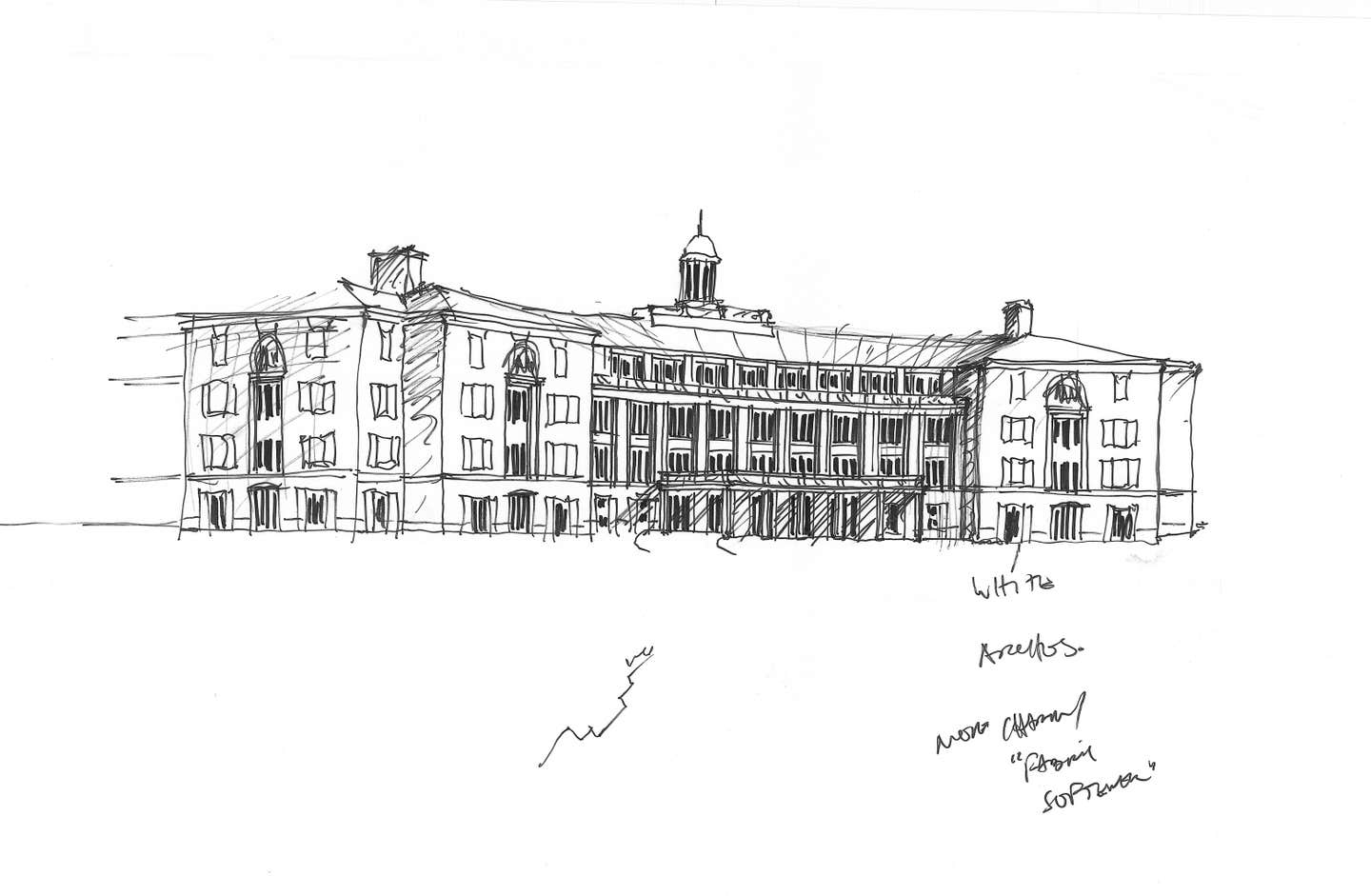
Features
Robert A.M. Stern’s Gallery for Hand Drawing
The art of hand drawing seems to have given way to more advanced technologies in architecture in many quarters—but not all. While taking advantage of the latest software, including Building Information Modeling, for the documentation of its designs, the New York-based firm Robert A.M. Stern Architects remains committed to drawing by hand.
To celebrate this important foundation of its design culture, the firm has established designated gallery space within its offices and has now mounted its second exhibition of hand drawings. Entitled Hand, Eye & Brain: A Gallery of Design Sketches, this one focuses on projects, while the first highlighted travel drawings.
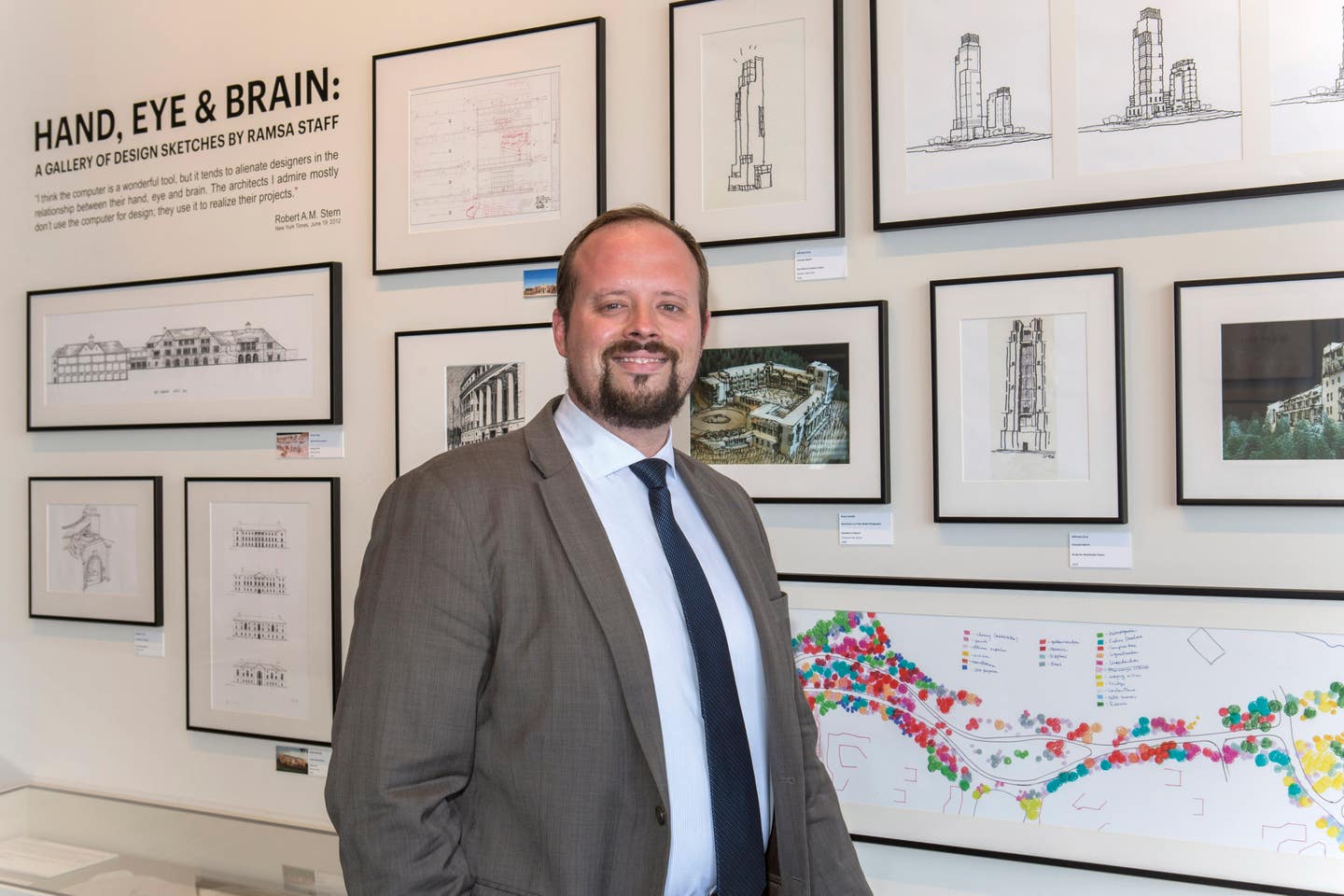
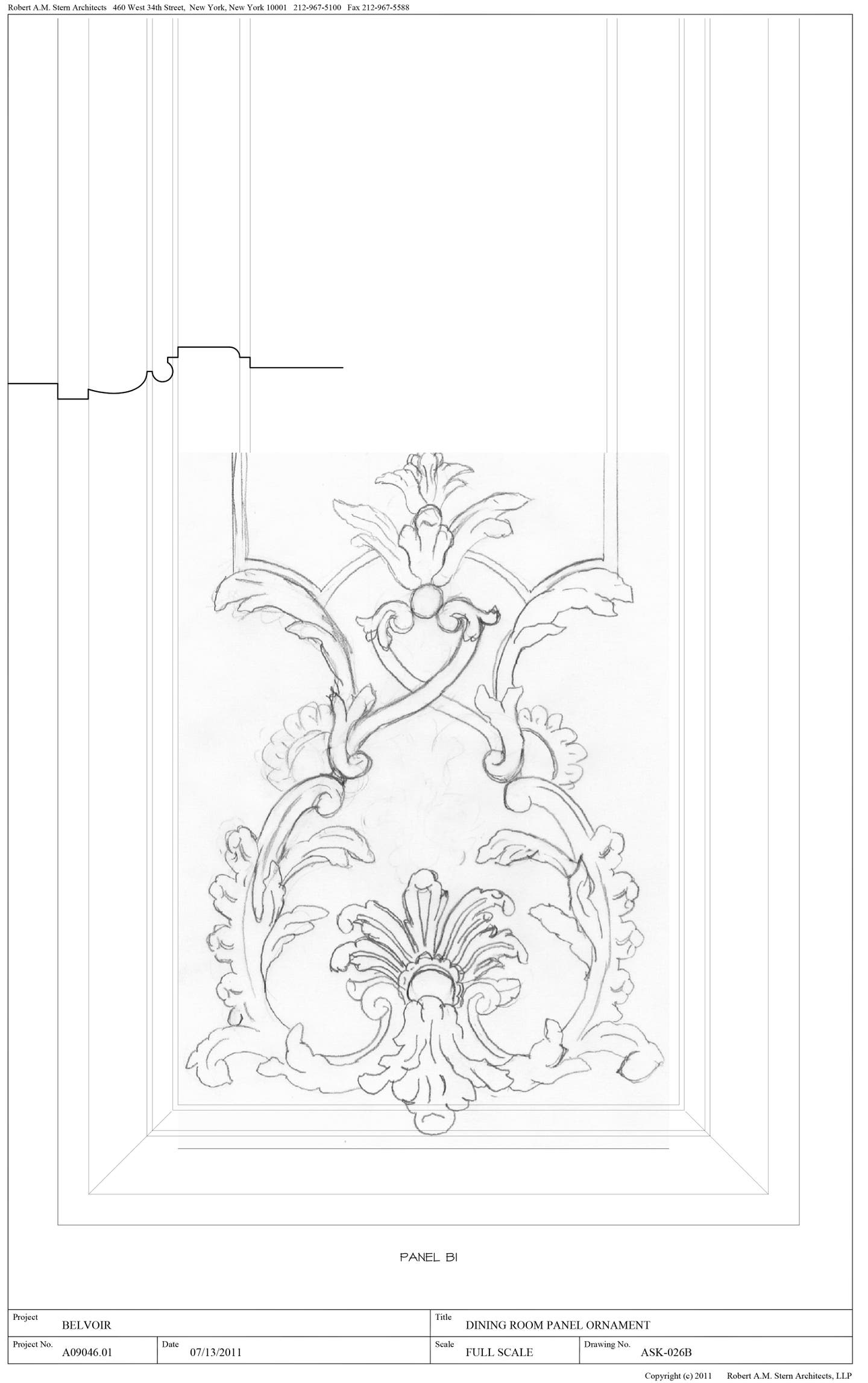

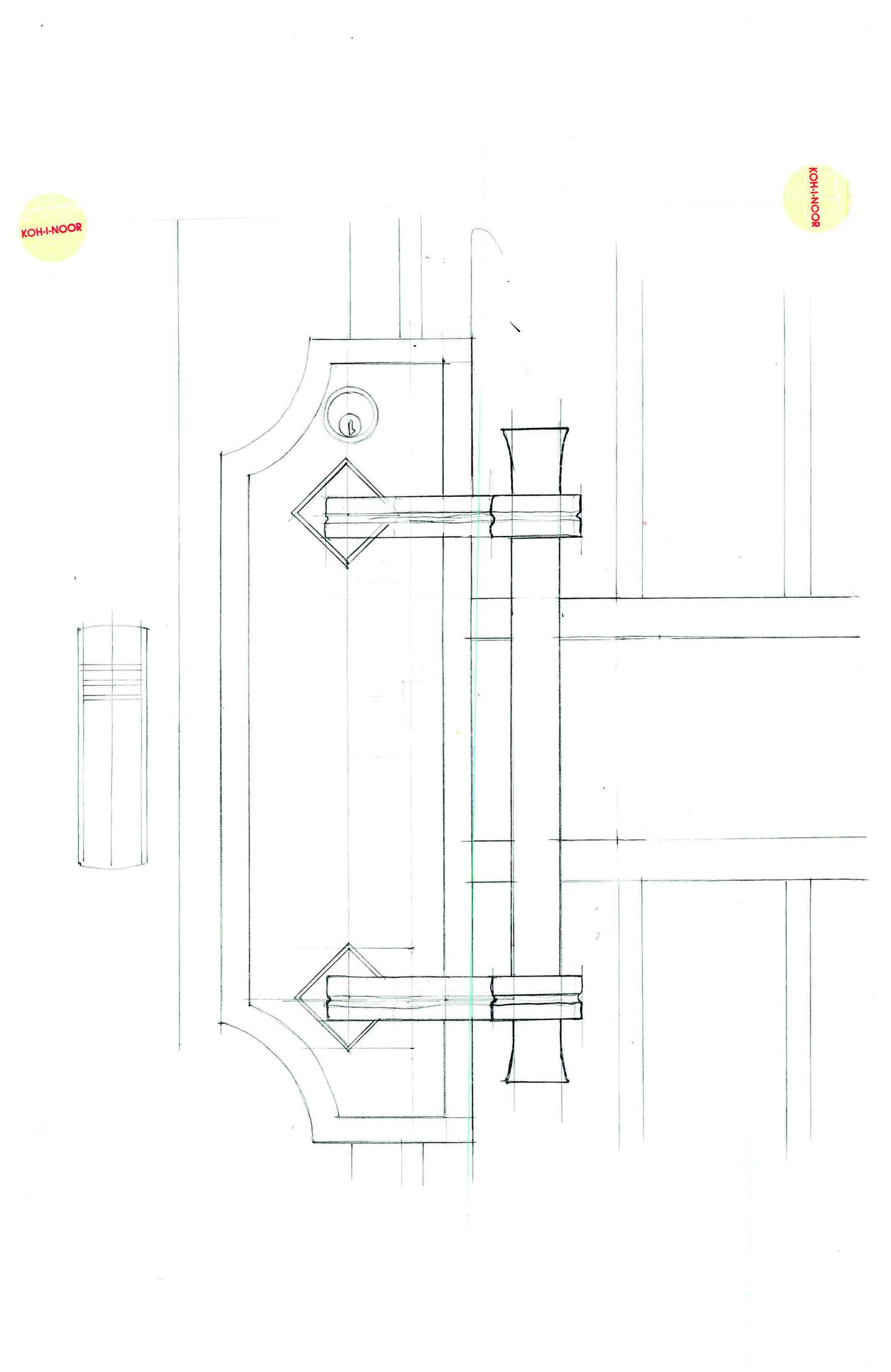
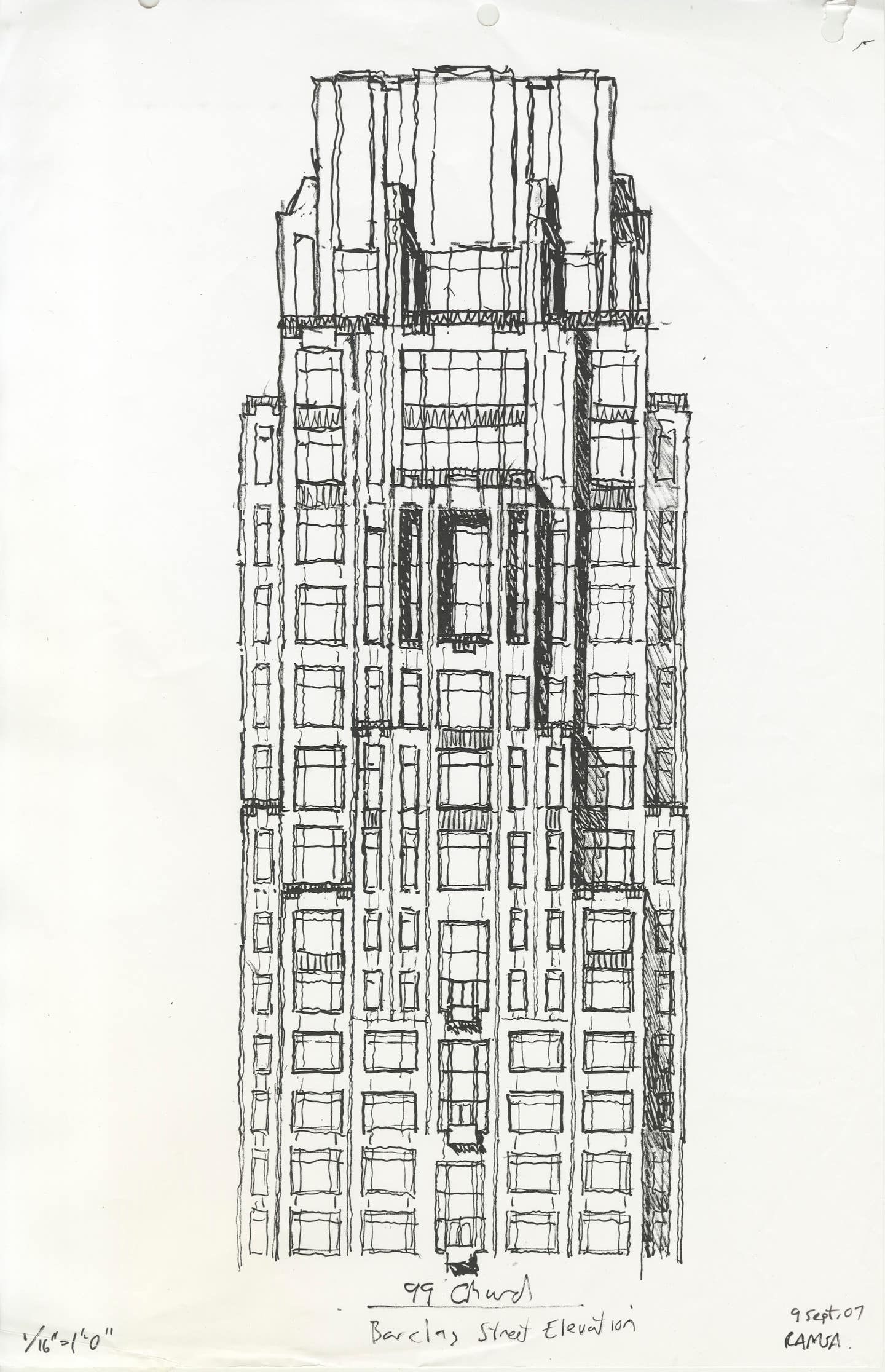

Why hand drawing in this age of computers? Robert A.M. Stern has been quoted as saying, “I think that the computer is a wonderful tool, but it tends to alienate designers in the relationship between their hand, eye and brain. The architects I admire mostly don’t use the computer for design; they use it to realize their products.”
The current exhibit includes a wide variety of projects, both built and unrealized, across the firm's extraordinarily diverse portfolio, and at various stages of design. The drawings range from simple napkin sketches to complete, detailed plans. One small entry was done on a legal pad while traveling on the subway. There’s also a notebook and even one animation of live sketching on an iPad in an app called "Brushes" (ok, so there is a nod to the digital age).

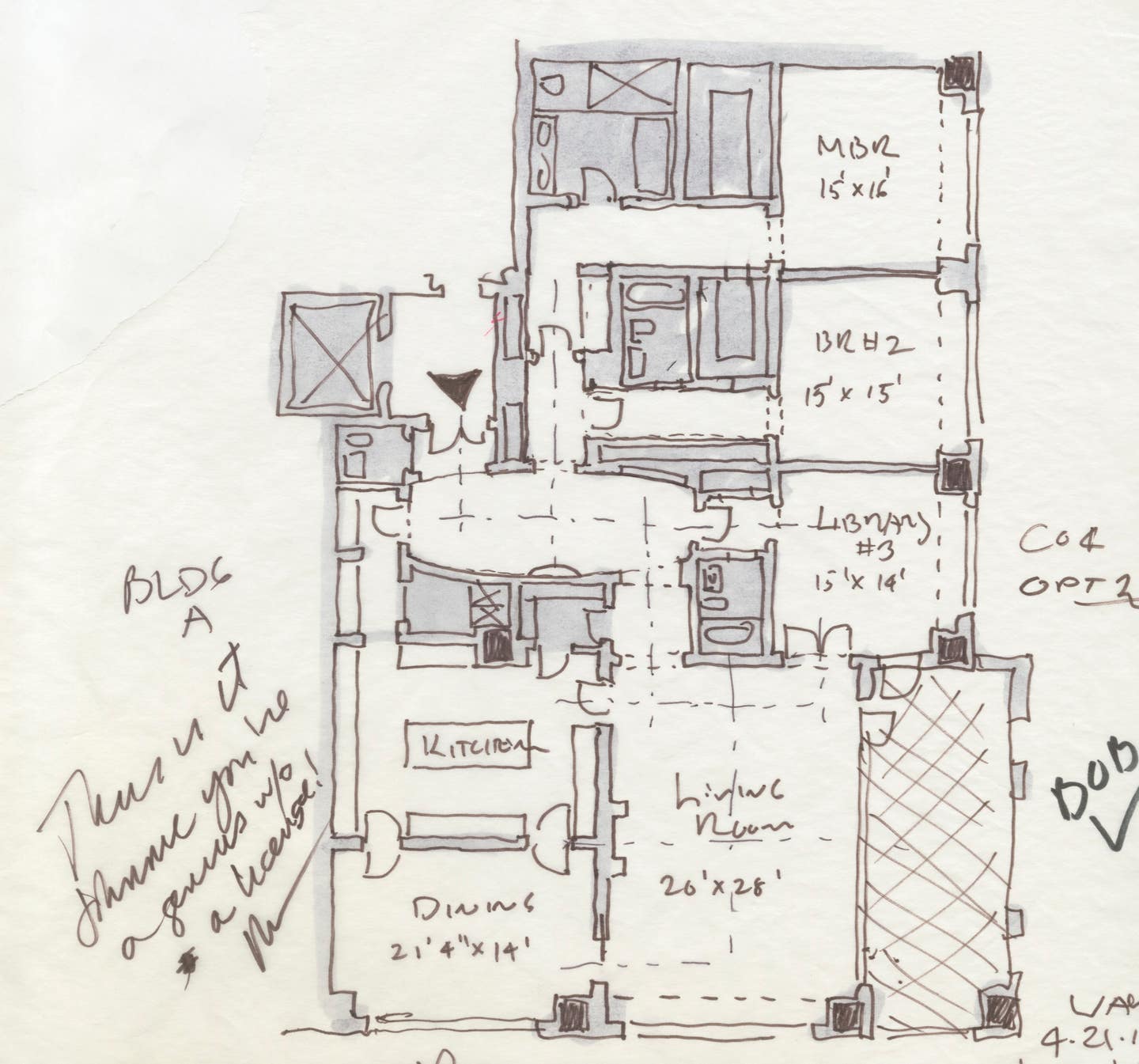


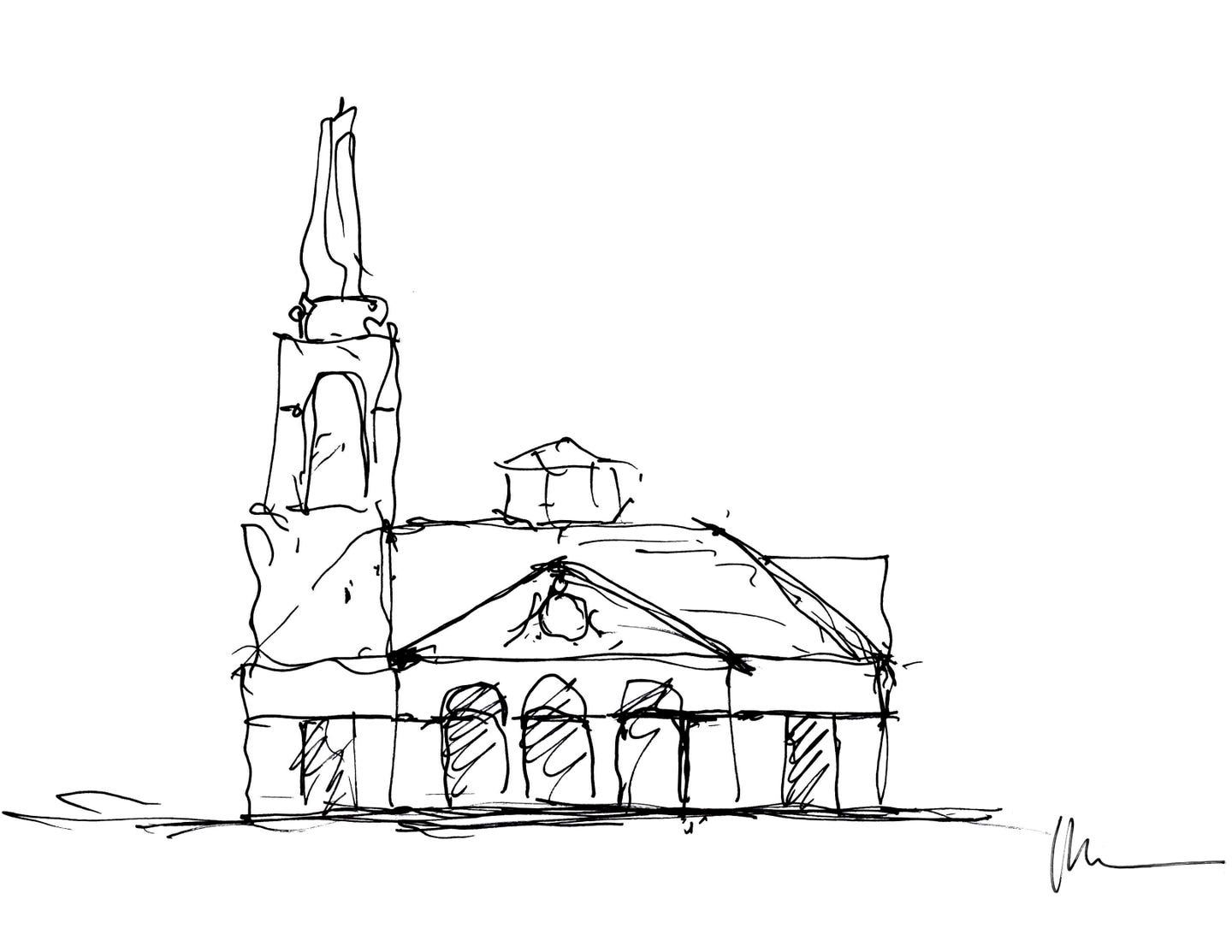
Most are pen and ink, but some are pencil and some color drawings are included as well. “All of the sketches were actual commissions that the office had worked on; some got built and some got built in a very different manner, but they are all a daily slice of life at RAMSA,” says Christopher Heim, a Senior Associate at RAMSA, who organizes the gallery. “Our goal was to show a good cross-section of our projects across all types and phases of design.”
The Current Exhibit
The current exhibit includes 60 hand drawings blind-selected by a jury of five peers from a total of 97 entries. The jurors were Kevin M. Smith, Partner; Christopher Heim; Armando Amaral, Associate; C. Callaway Hayles, Associate, and Huaxia Song.
The sketches in this exhibit were drawn by 35 members of the firm: Patrick Alles, Caitlin M. Baransky, Rana Boland, Gary L. Brewer, Christian Dickson, Matthew Cook, Johnny Cruz, Mario Cruzate, Kathleen Donovan, Eric Dorsch, Brian F. Fell, Timothy Galano, Carlos Gamez, Laura Greenberg, William Gridley, Melody Hanna, Christopher Heim, Secilia Jia, Ricardo Kendall, Daniel Lobitz, David Pearson, James A. Pearson, Natalie Pierro, Mason Roberts, Matt Roman, Natalie Ross, Mark Santrach, Tomasz Smierzchalski, Kevin M. Smith, Huaxia Song, Robert A.M. Stern, Paul L. Whalen, Jef Zaborski, and Andrew Zelmer.
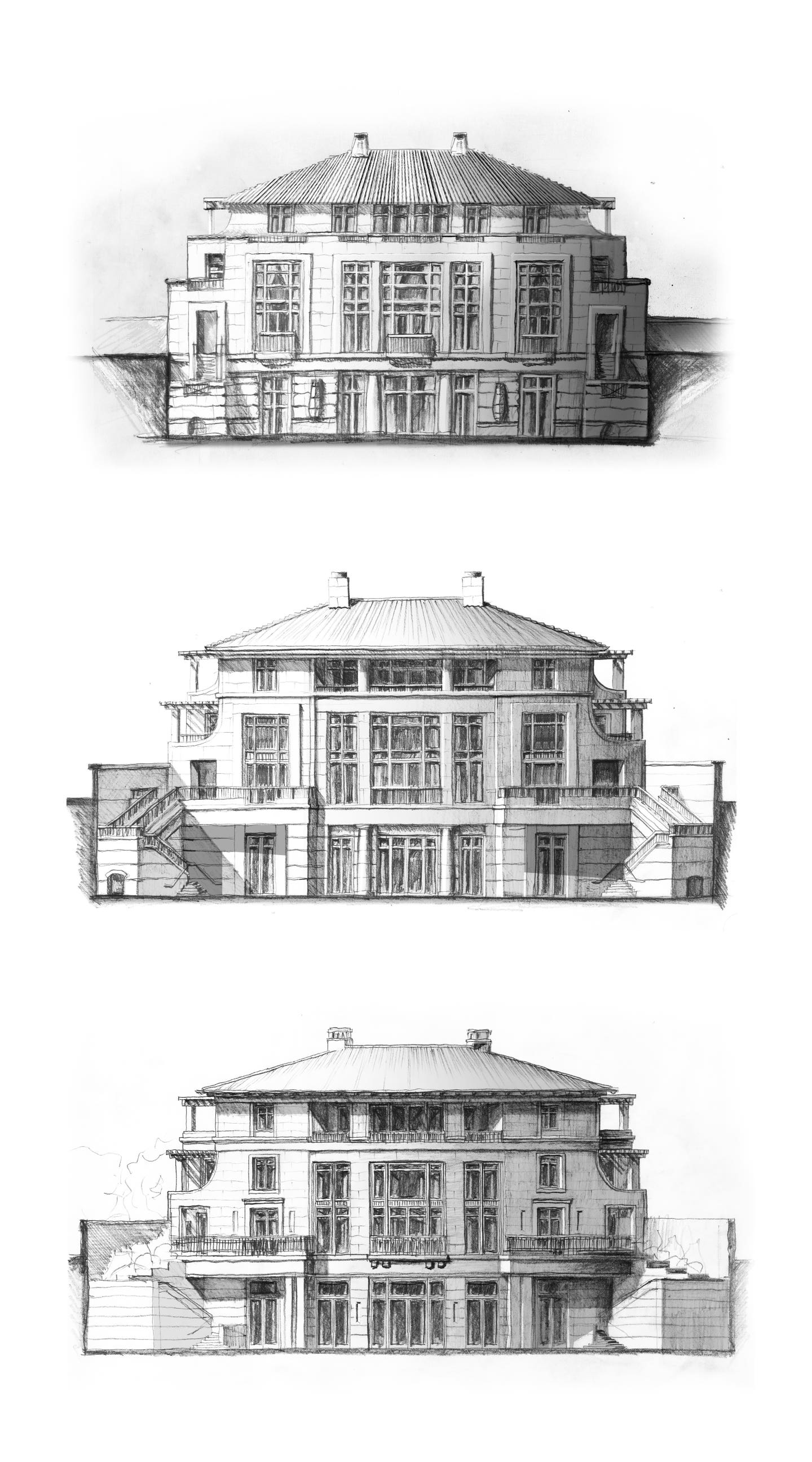
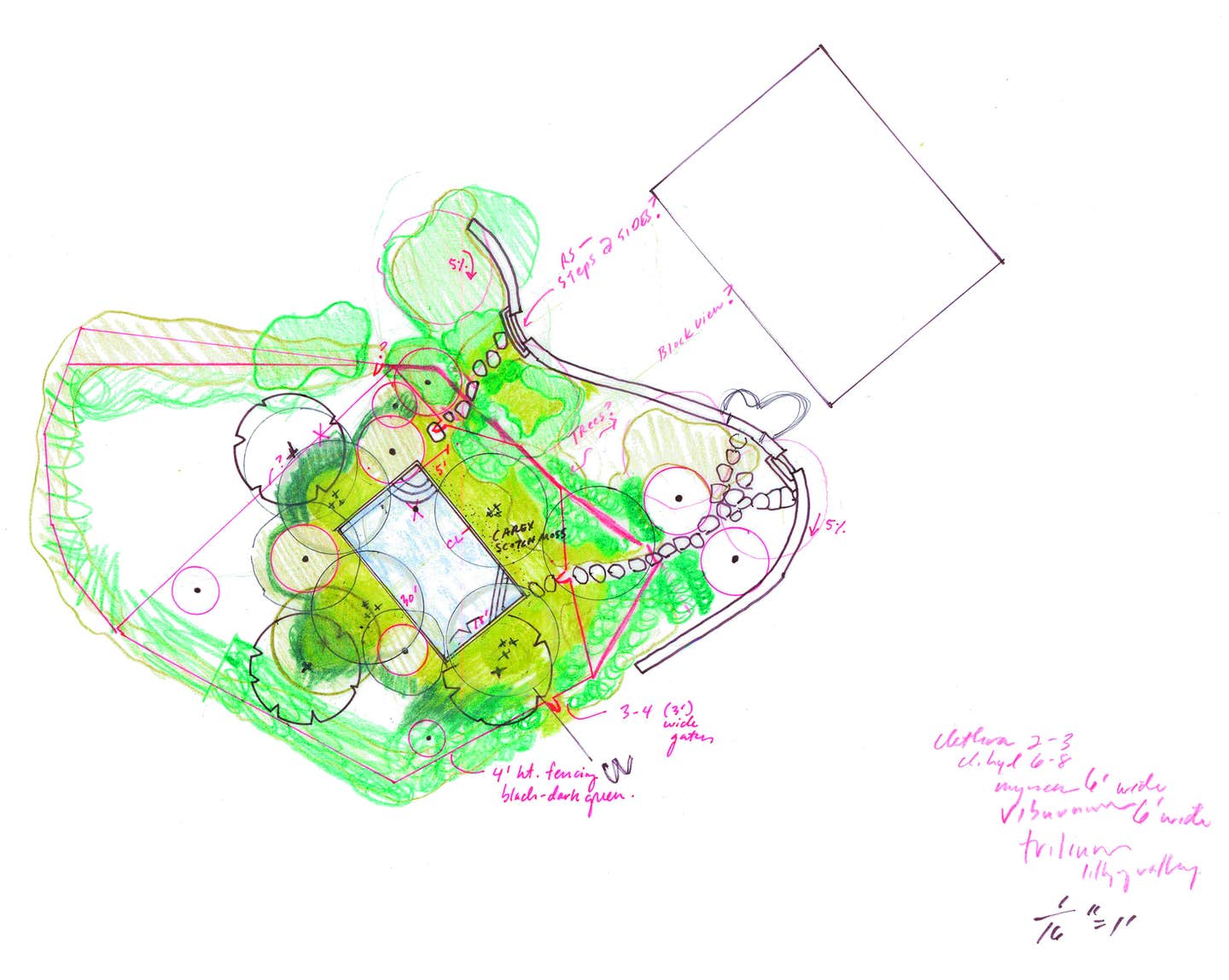
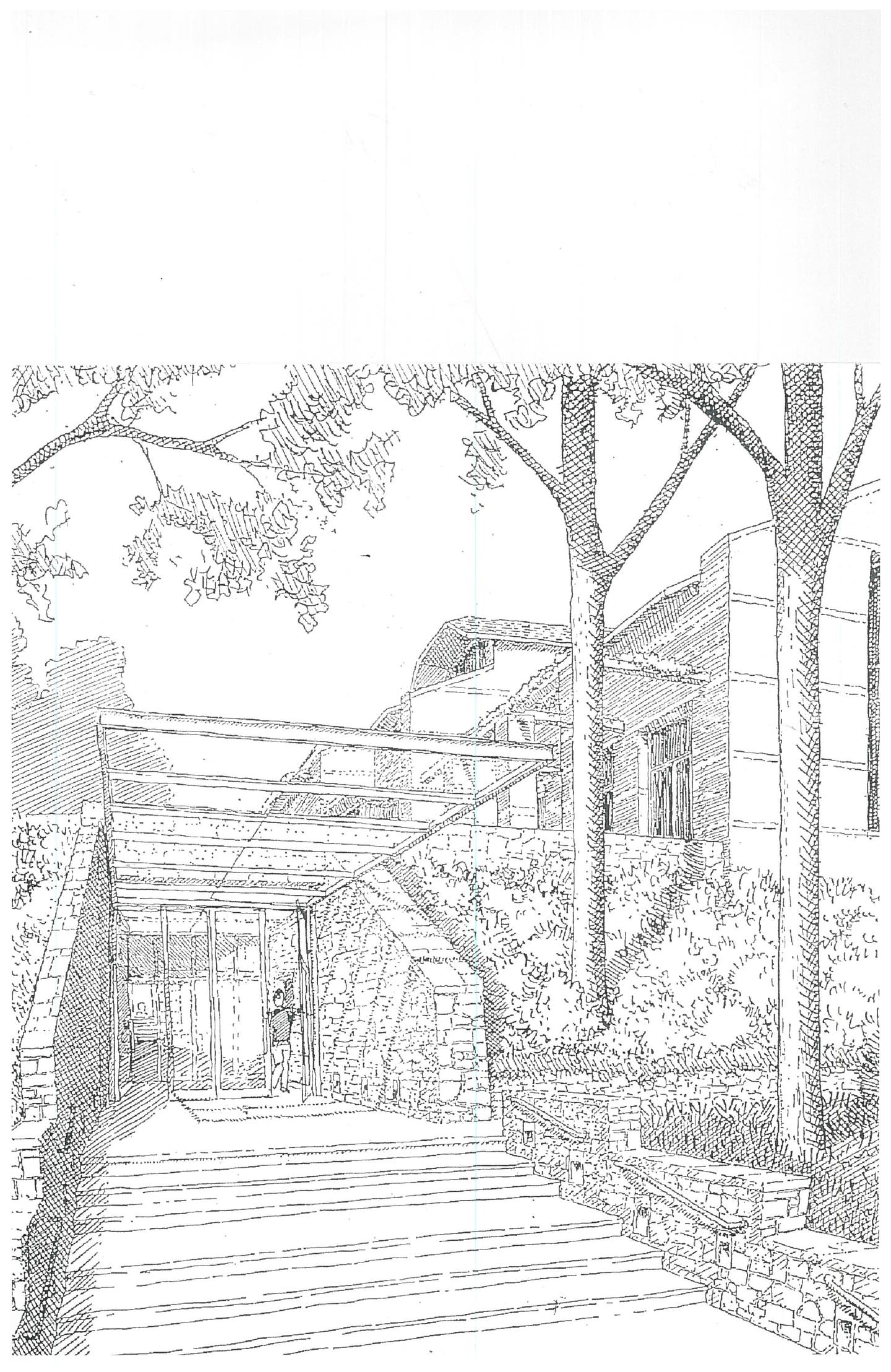
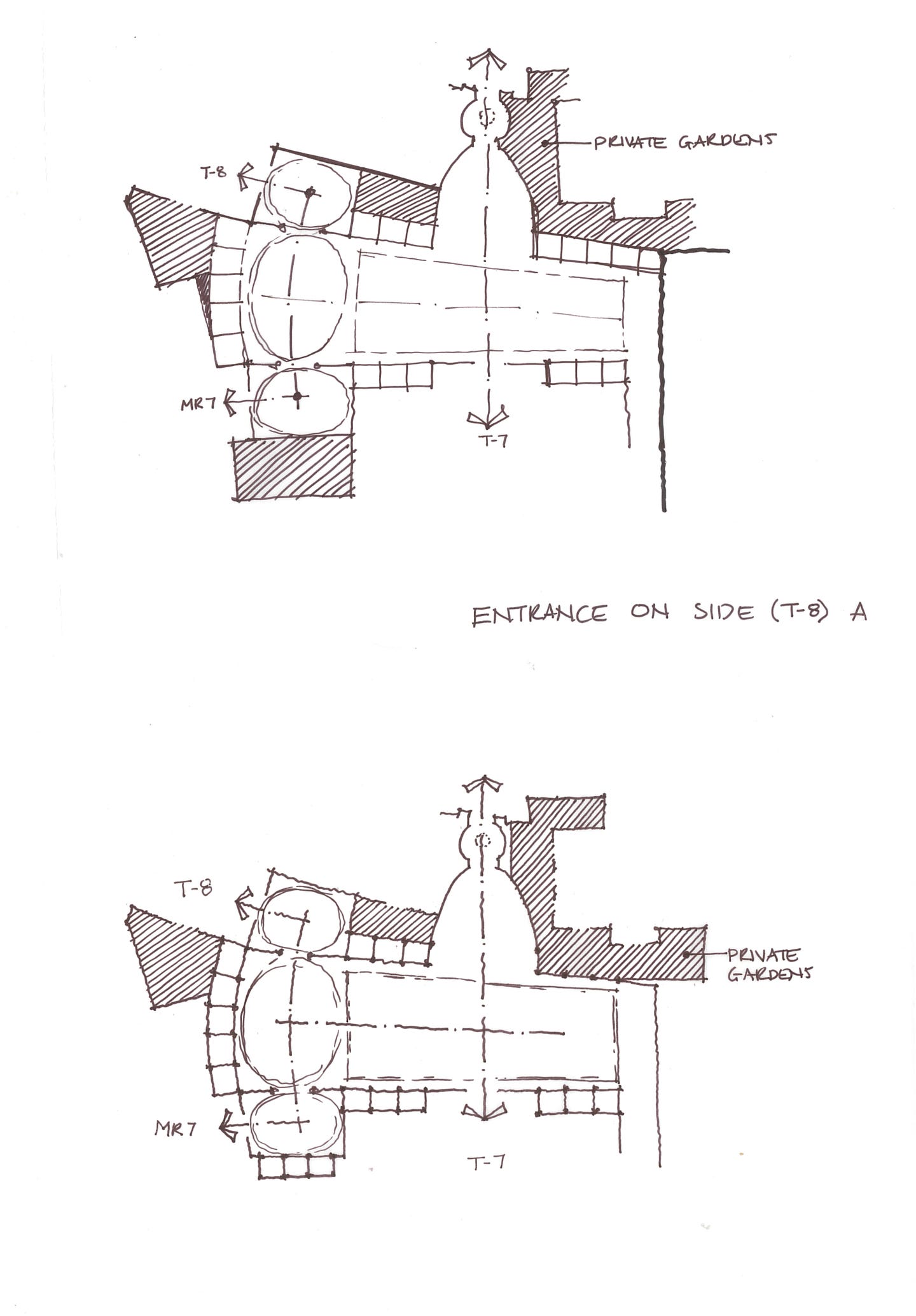


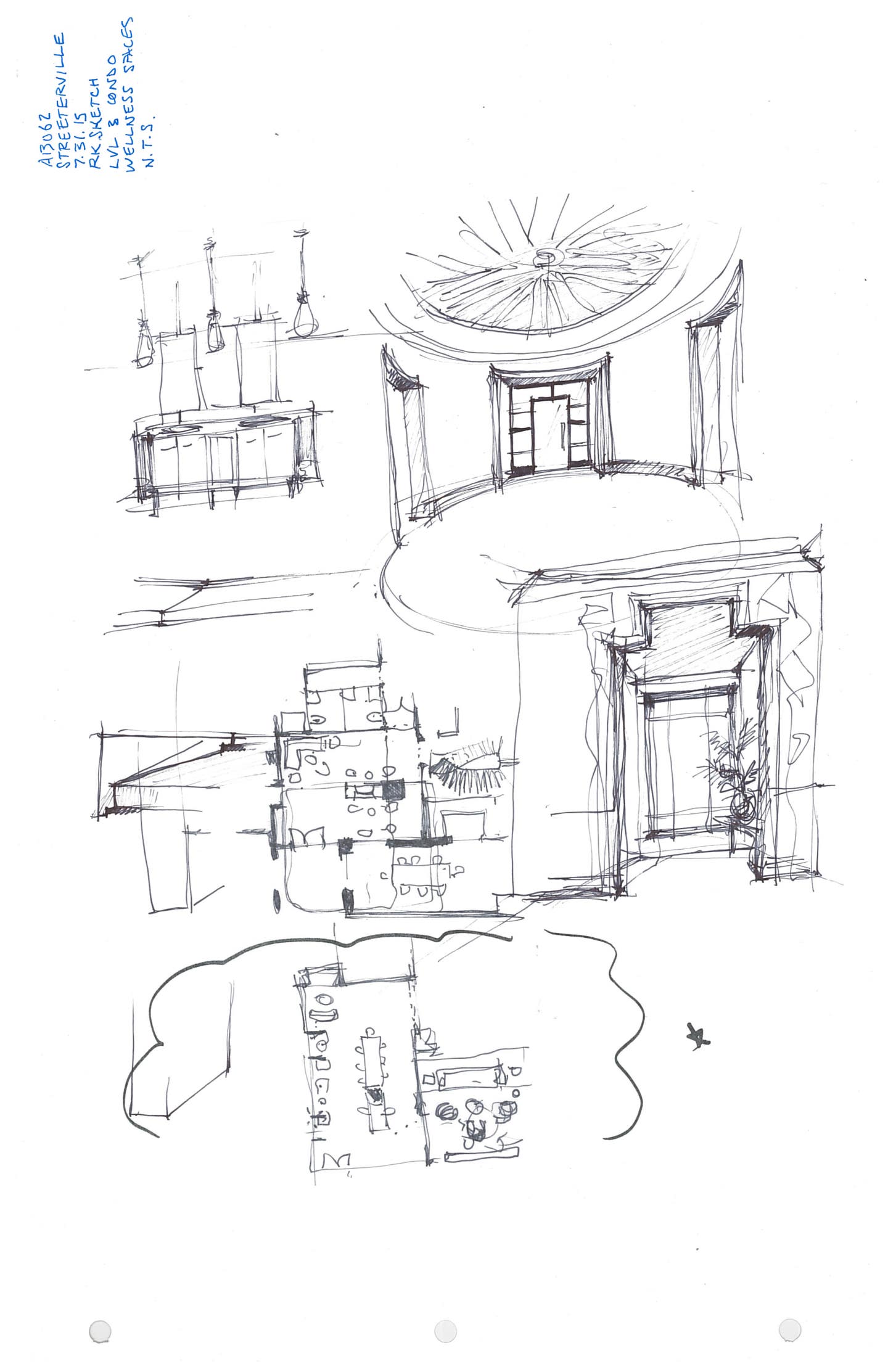
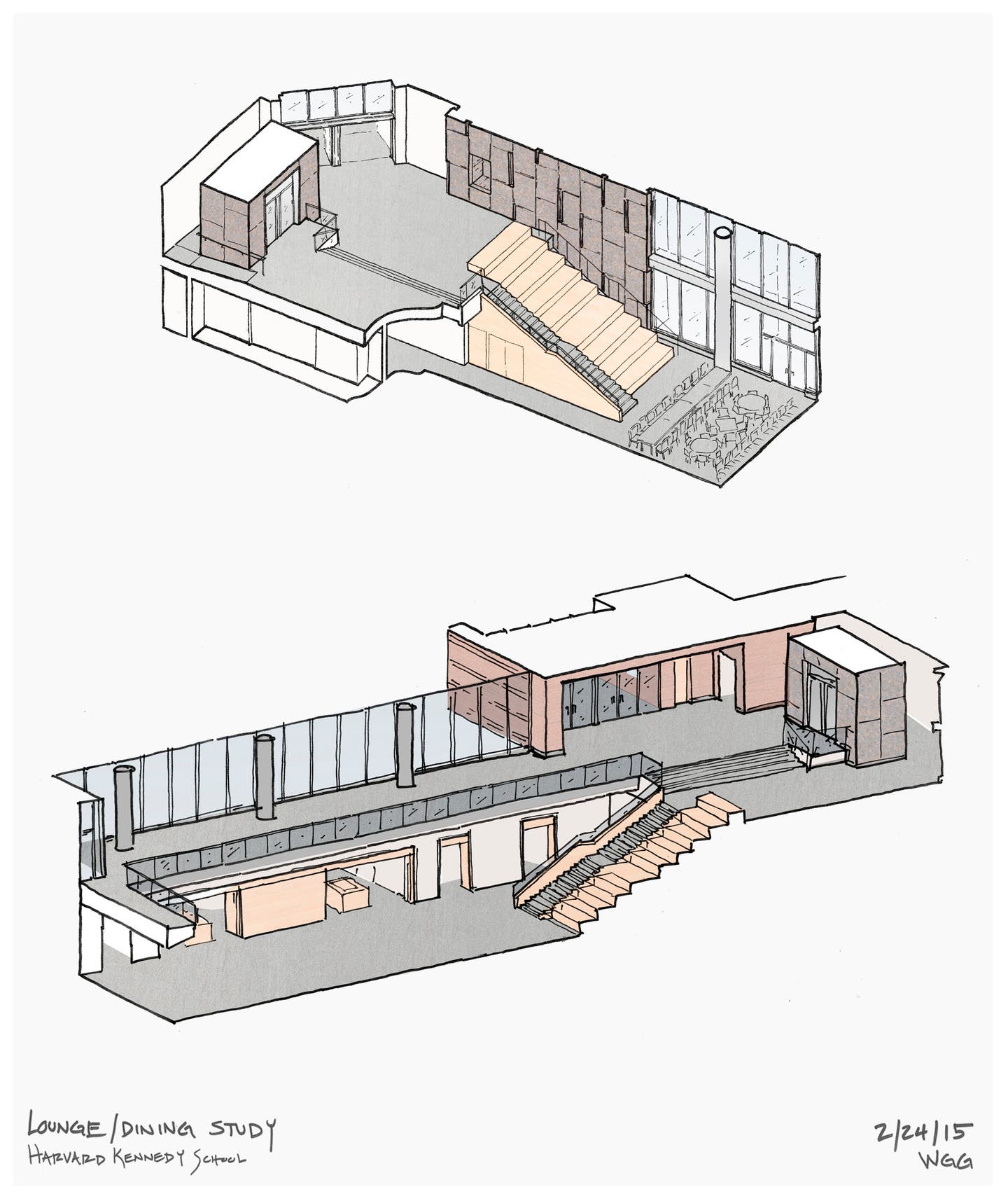
Heim explains that the sketch gallery has become a permanent part of the firm's culture. “The idea grew out of a RAMSA talent show where musicians, singers, and even a mentalist performed offsite,” he says. “We thought we should take the idea back to the office to highlight our professional talents.”
He mentioned the idea to a partner and they called for entries. “I didn’t know if it would get much support, but in fact when I presented the idea of a simple display wall to Bob Stern and his partners, they told me I wasn't thinking big enough,” Heim says. “In fact they gave us a large central room to convert into a permanent gallery. I view it as a physical demonstration of our firm culture, maintaining and encouraging that skill set and how we use it in concert with other tools. It's been very rewarding and successful.”
The next theme will most likely be work from people's student days, he adds. “Someone described it as architectural baby photos. Our office is very oriented toward academia, and seeing where everyone came from would be interesting.”
Future plans include an exhibit of personal art and perhaps photography and then a focus on New York. “We would encourage people to go out and draw in advance,” says Heim. “It would be a love letter to New York.”
All of the sketches are framed in archival acid-free, uv-coated frames and are returned to the owners when the exhibit comes down. The current exhibit will go with RAMSA when it moves this summer to new offices at One Park Avenue, and the next show is expected to be up later in the fall. Plans call for 3-4 sketch exhibits per year.
For more information, or to view the exhibit, contact Peter Morris Dixon, Director of External Communications, at p.dixon@ramsa.com.








